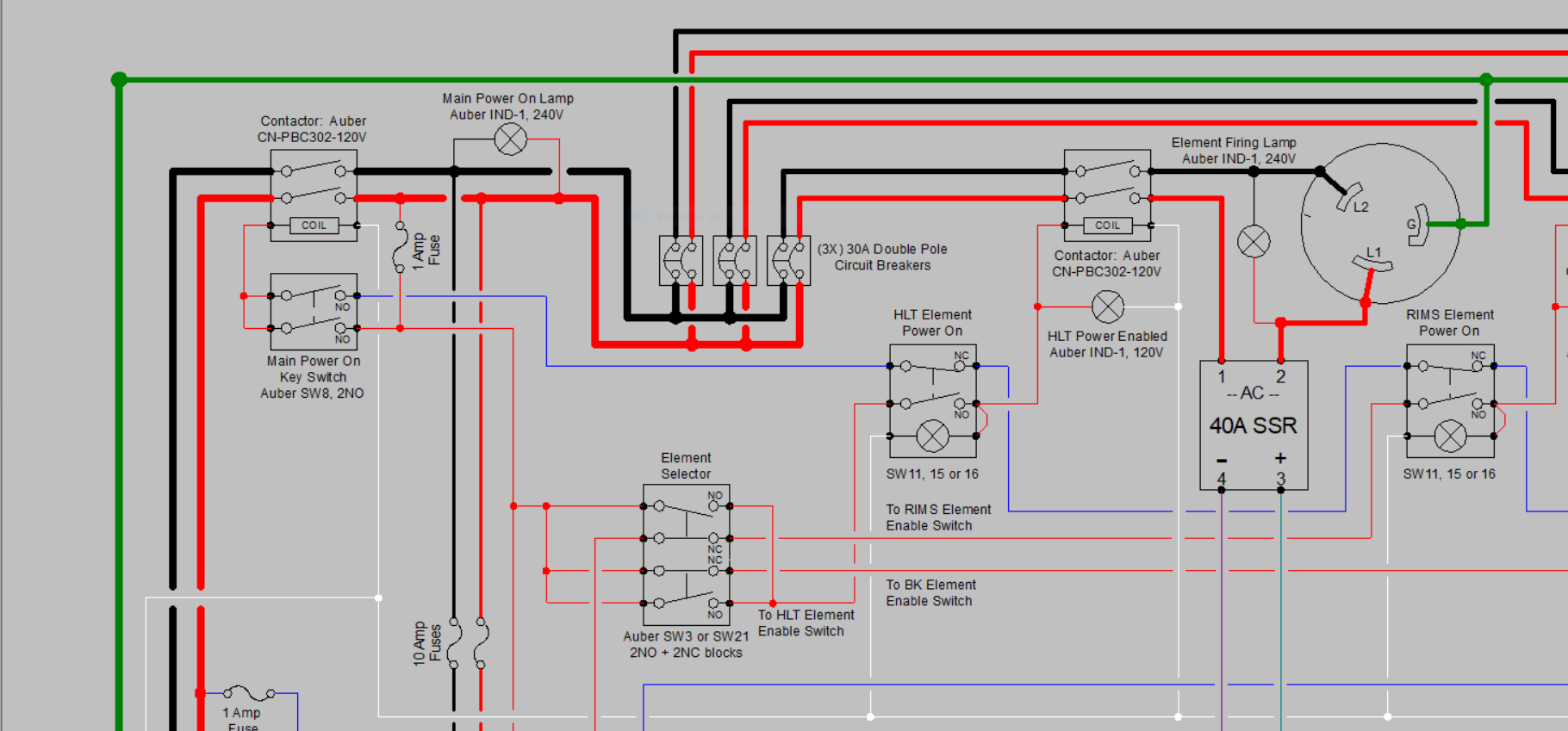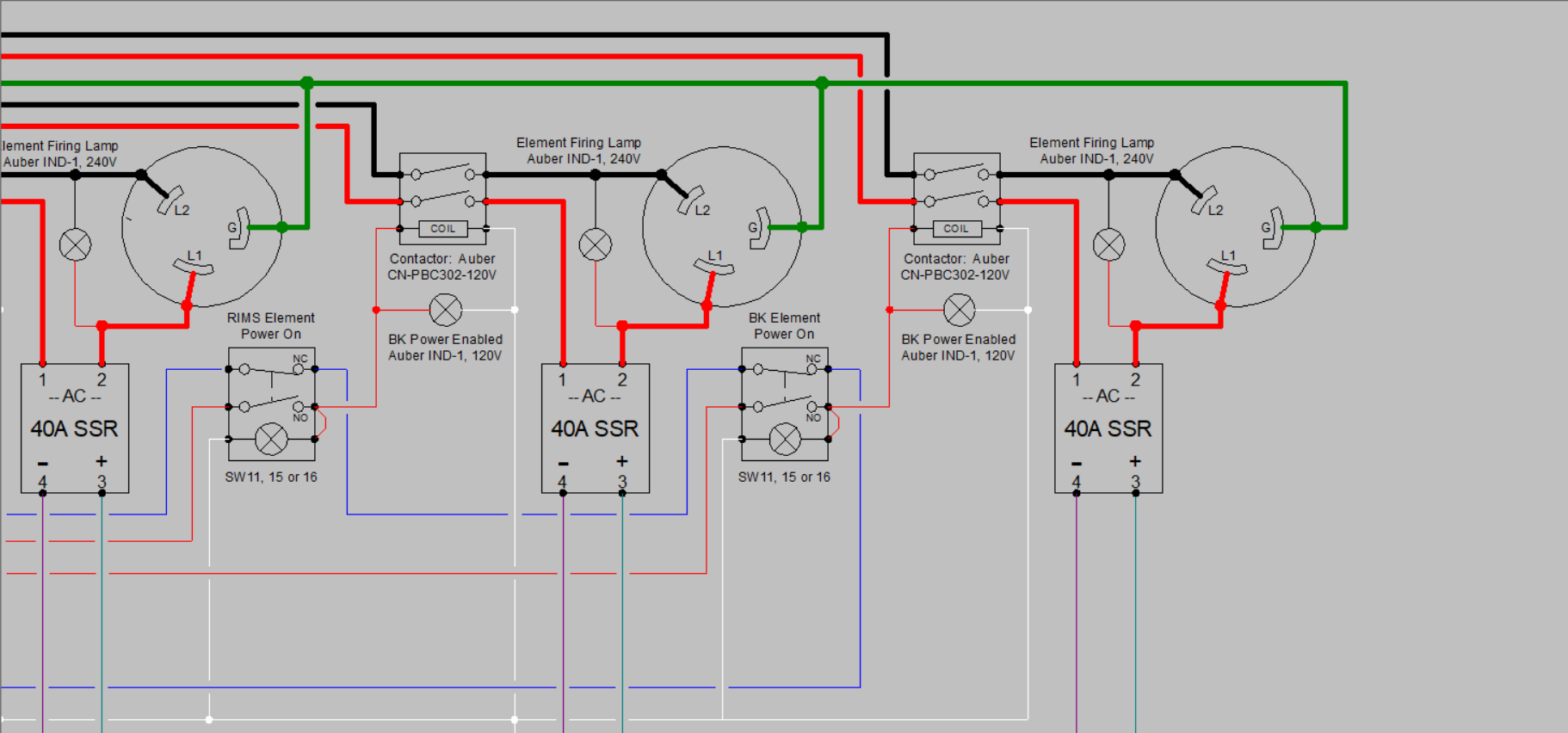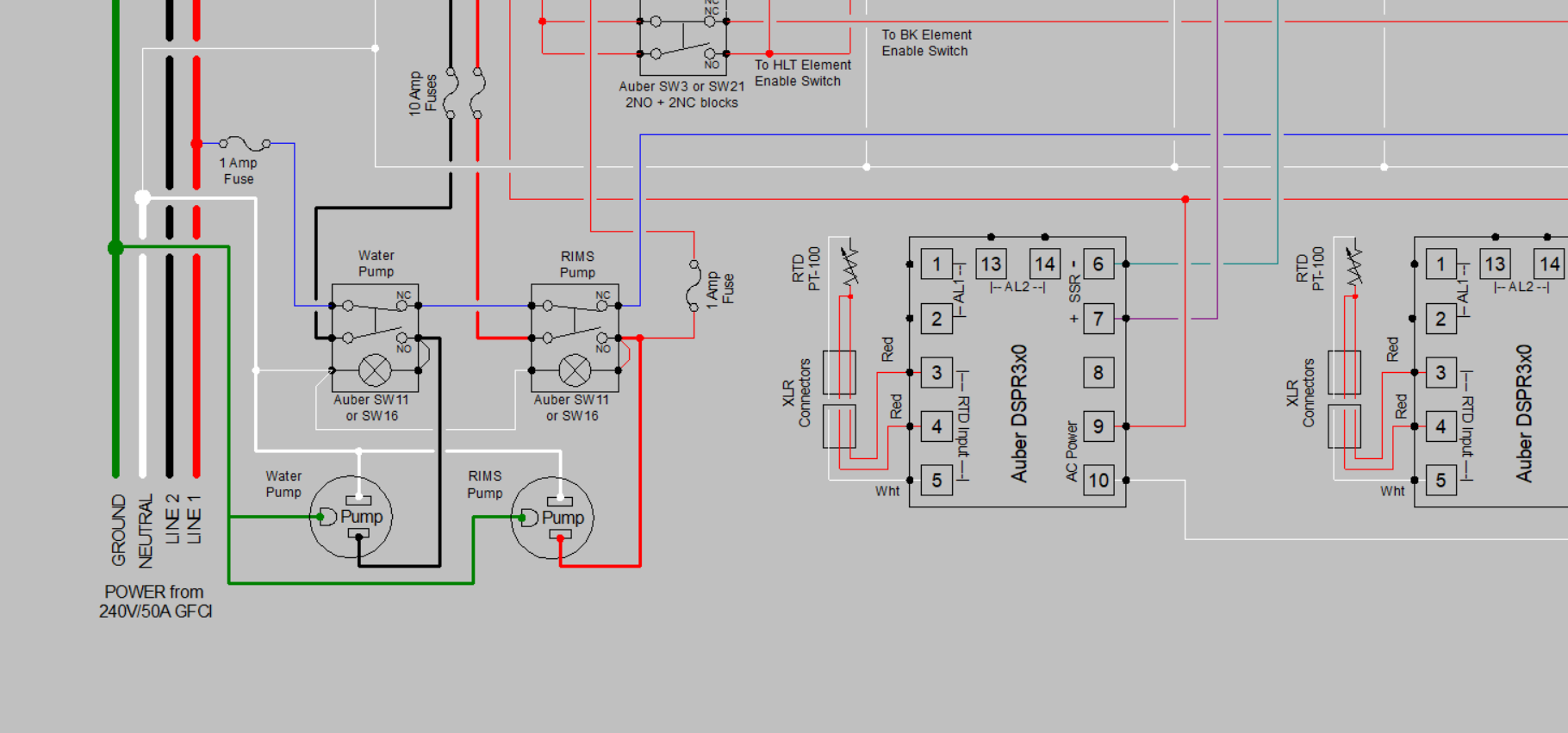bpaulik
Well-Known Member
Hello,
I am looking for some advice, insight, and just some general input. I currently have a direct fire system that I want to convert to electric. I have a 15 gallon HLT, 20 gallon MT and a 20 gallon Boil Kettle. I would like to have the capability to do back to back brews although not a deal breaker if I can’t. I was thinking of using a single 4500 to 5500 Watt element for the HLT and Boil Kettle each, a 2000 watt element for a RIMS tube, and two pumps. I believe I would only need to run two elements at a time so I think I could do this with a single 50 amp circuit. Would anyone have any recommendations from your personal experience? I was hoping someone may have an electrical drawing for a panel using PID’s. I have seen some drawings on here from Doug293cz that look absolutely amazing. I love the safety feature that he adds in that it won’t allow the elements to be turned on without the pump being on.
I am looking for some advice, insight, and just some general input. I currently have a direct fire system that I want to convert to electric. I have a 15 gallon HLT, 20 gallon MT and a 20 gallon Boil Kettle. I would like to have the capability to do back to back brews although not a deal breaker if I can’t. I was thinking of using a single 4500 to 5500 Watt element for the HLT and Boil Kettle each, a 2000 watt element for a RIMS tube, and two pumps. I believe I would only need to run two elements at a time so I think I could do this with a single 50 amp circuit. Would anyone have any recommendations from your personal experience? I was hoping someone may have an electrical drawing for a panel using PID’s. I have seen some drawings on here from Doug293cz that look absolutely amazing. I love the safety feature that he adds in that it won’t allow the elements to be turned on without the pump being on.



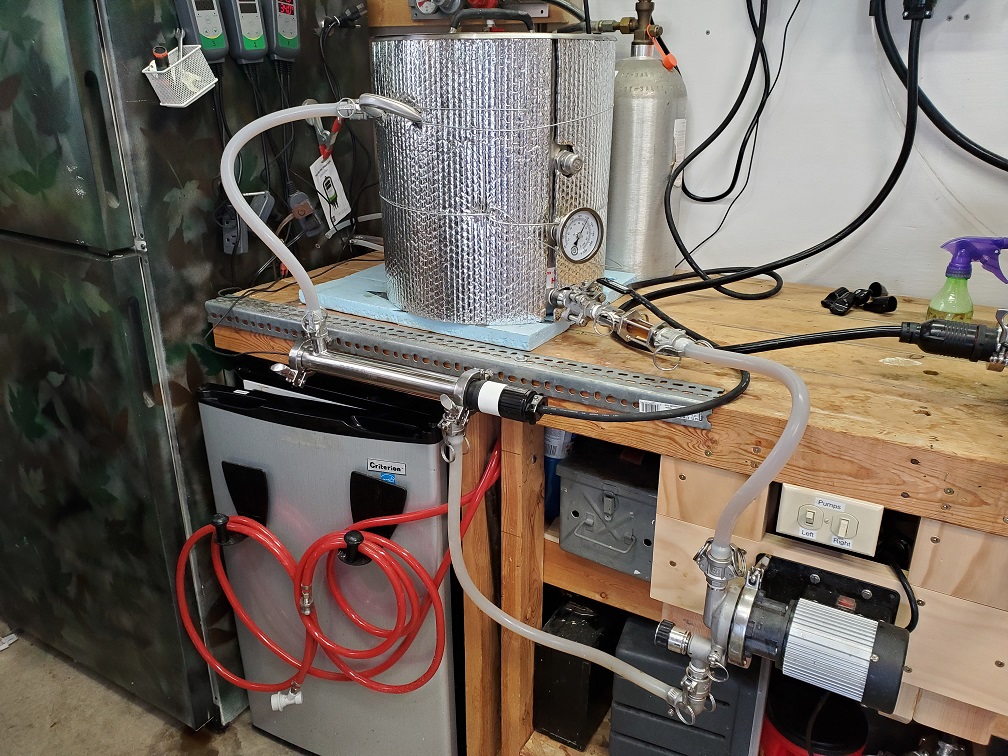
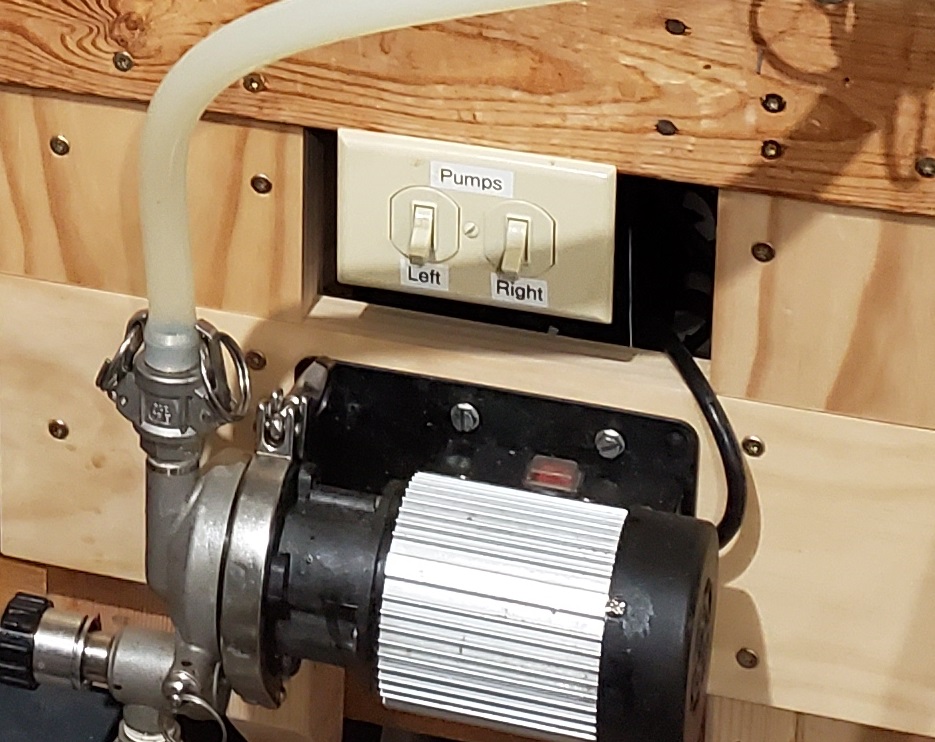



























![Craft A Brew - Safale S-04 Dry Yeast - Fermentis - English Ale Dry Yeast - For English and American Ales and Hard Apple Ciders - Ingredients for Home Brewing - Beer Making Supplies - [1 Pack]](https://m.media-amazon.com/images/I/41fVGNh6JfL._SL500_.jpg)




























